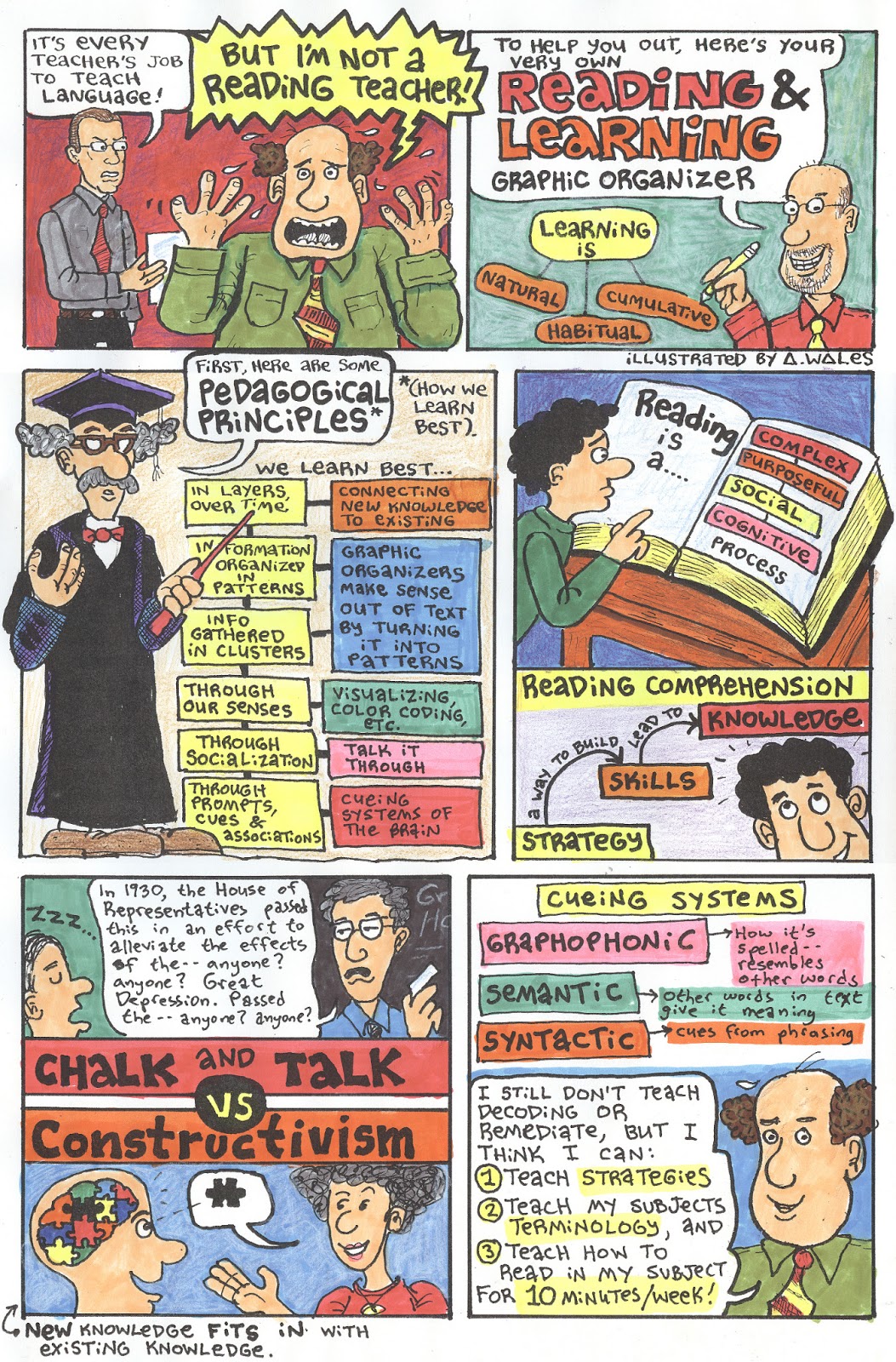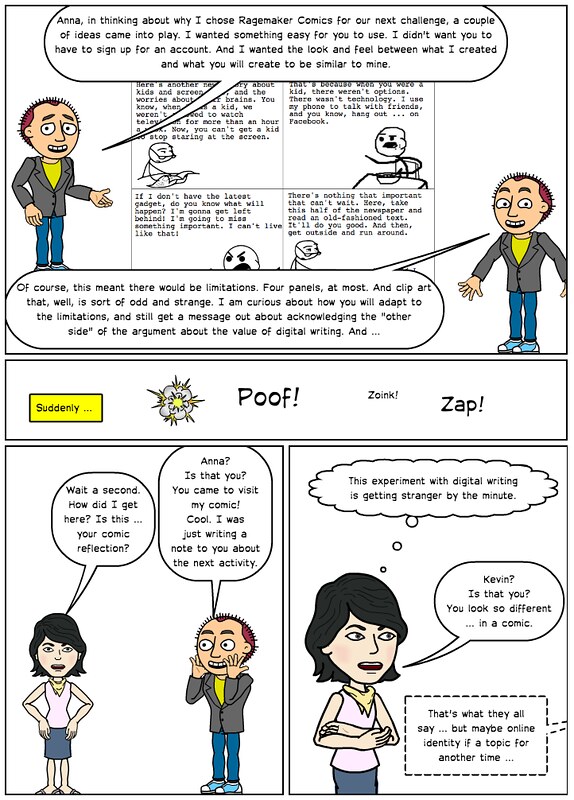
It took me a few months to get through this “history of comics,” told in comic form, by Fred Va Lente and Ryan Dunlavey, but it was worth it. The Comic Book History of Comics is an insightful ride through the history of the graphic story which has its roots way back in storytelling with images, and has now pushed its way into the digital sphere (when a recent comic distribution site — ComiXology — offered to make free some old archives of Marvel comics, the rush by folks to get there caused the entire site to go down.)
What’s great about this book is how the history is told as comic story, with funny and insightful jokes scattered throughout the frames even as the ups and downs of the comic world are told. The illustrations and artwork are witty, with tons of tongue-in-cheek references to politics and pop culture, and more. (In this way, the book demonstrates the kind of storytelling power that comics are about.) Topics range from the stereotypes of early comic strip characters, to the “investigations” by the government of the moral influence of the comics, to the emergence of new forms of comics in Japan, and more.

That said, this book is probably not all that interesting to most young readers. It is pretty dense, coming across more like a textbook for a college classroom than a readable history. (That’s why it took me a few months to read.) In some ways, this history comic is for the diehard comic fan, or for that person who wants to go deeper into the impact that graphic storytelling is having on our world. You can see the influence of comics in movies, books, and popular cultural, in general. The Comic Book History of Comics does its job well, but it is not for the casual reader.
Peace (in the frames),
Kevin










